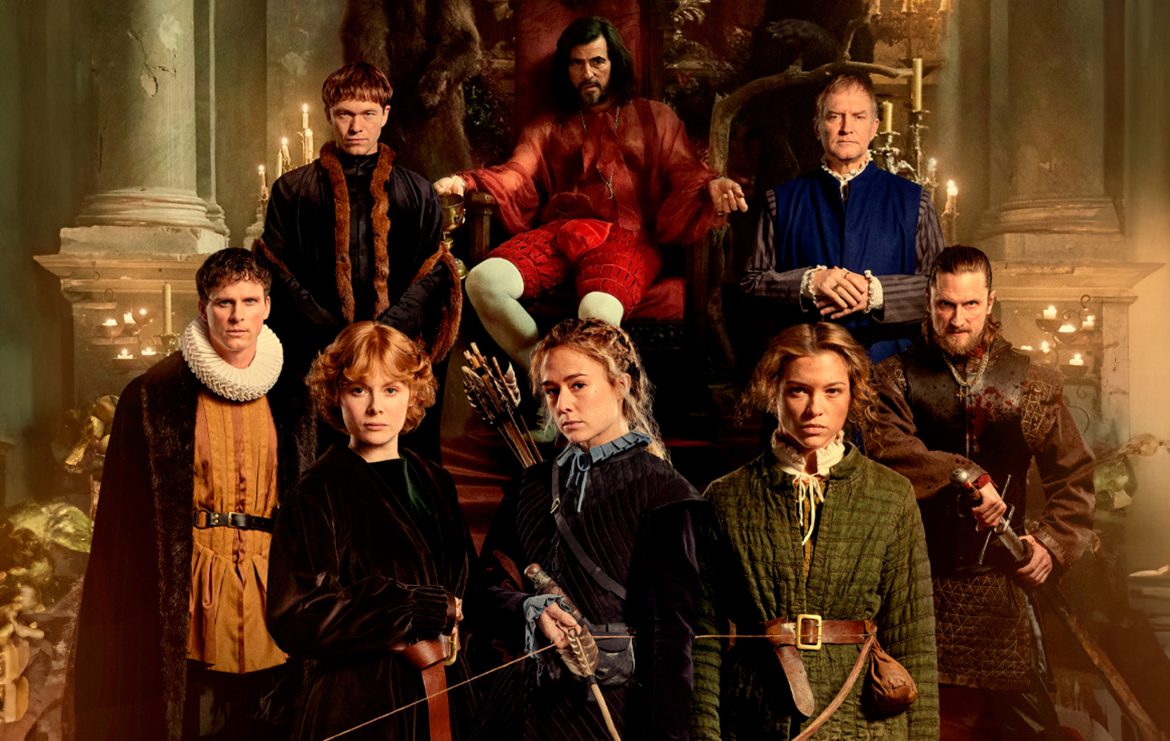TL;DR
This action-comedy attempts to tackle Sweden's brutal historical "Stockholm Bloodbath" by blending extreme violence with humor, but the jarring tonal shifts and decision to film in English undermine its potential. While boasting impressive production values and solid performances, the film struggles with narrative coherence and emotional impact, feeling like a series of uninspired homages rather than a cohesive story. Despite its ambitious scope, the film's mixed messages and historical liberties make it a frustrating watch. Discover if this historical mashup hits the mark for you by reading the full review.
Freja (Alba August) and her stepsister Anne (Sophie Cookson) are caught in the midst of the Danish invasion of Sweden in 1520. After witnessing the brutal murder of their parents and siblings, they embark on a quest for revenge that leads them to Stockholm. There, they encounter King Kristian II (Claes Bang) and the vindictive Gustaf Trolle (Jakob Oftebro). They soon discover that trust is a rare commodity, as violence erupts on the streets of Stockholm.
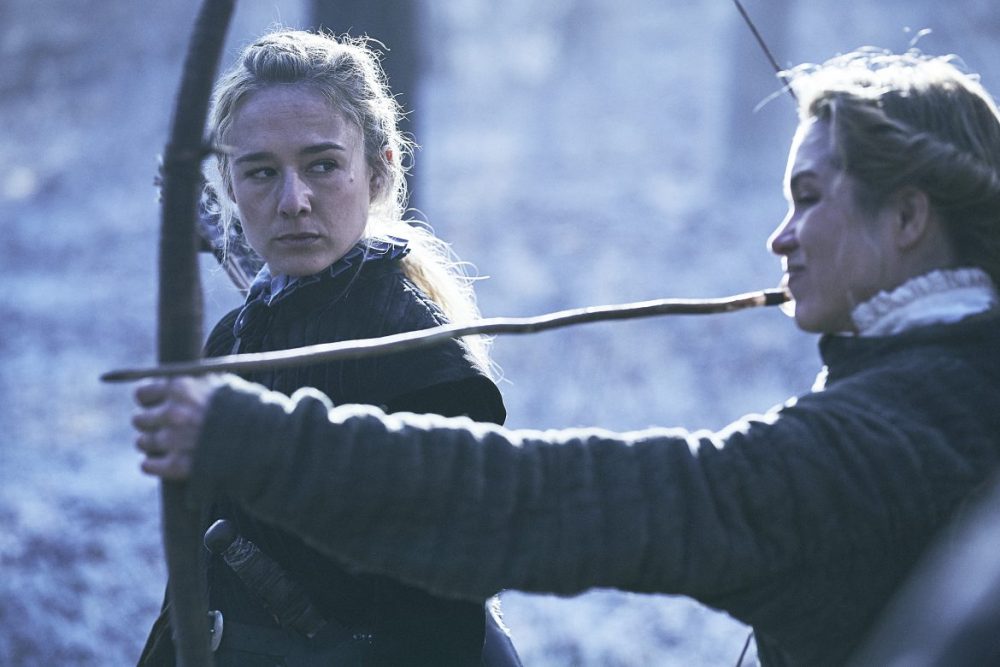
The adage states that comedy is tragedy plus time. The filmmakers behind Stockholm Bloodbath appear to have embraced this philosophy in their attempt to create an action comedy from one of the most devastating events in Swedish history. The initial trailer offered no indication of the black comedy to come, instead presenting a serious drama. This felt incongruous, particularly given the editing and the decision to have all characters speak English, a point I will revisit later. Upon realizing the film’s intended genre, my irritation subsided, giving way to confusion. The question remains: why opt for comedy over a dramatic approach?
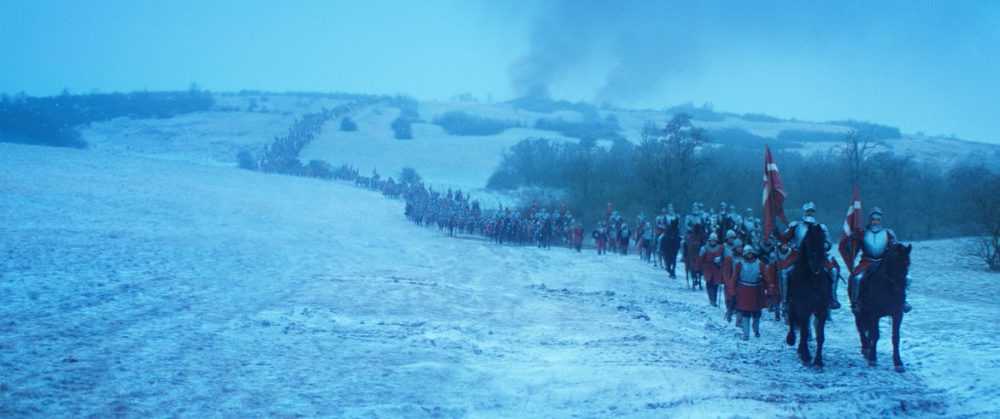
Director Mikael Håfström, known for his recent Hollywood ventures (including Escape Plan with Arnold Schwarzenegger), helms this film with a confident approach. As a Swedish/Danish co-production, boasting a budget exceeding that of Avgrunden, the film showcases impressive production values. The sound mix is rich, the score is effective, and the special effects are largely seamless. Extensive sets contribute to the film’s scale, and while the costumes may lack complete historical authenticity, they are generally well-executed. The editing is concise, maintaining a brisk pace throughout its two-and-a-half-hour runtime.
The film also features compelling performances, notably Claes Bang (The Square) as the agitated Kristian II and Alba August (Unga Astrid) as Freja, the mute archer with an anachronistic name. Stockholm Bloodbath does not present itself as a strictly accurate historical account, despite incorporating several real historical figures. In addition to prominent figures like Trolle, Brask, and Kristian II, the character of Anne Eriksson (portrayed by Sophie Cookson), based on Anna Eriksdotter, who was indeed married to Johan Natt och Dag, undergoes significant alterations to serve the narrative.
Screenwriters Erlend Loe and Nora Landsrød have clearly conducted research, although perhaps incompletely. The decision to assign the surname Eriksson, rather than the more historically accurate Eriksdotter, to the female leads is puzzling. The only plausible explanation is a concern for potential confusion among international audiences. This leads me to address the core issue with Stockholm Bloodbath.
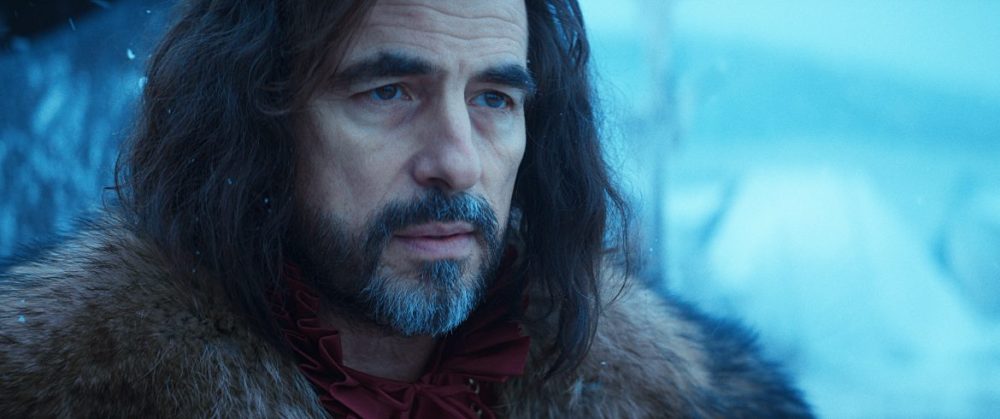
In my opinion, the most significant flaw of Stockholm Bloodbath is the decision to produce it in English. Had the film adopted a more serious tone and been made in Swedish, with this budget, it would have earned a much higher rating. As it stands, the film falls short of its potential.
The opening, with informative text displayed over a snow-covered forest, is promising, but the quality quickly declines. A still image with humorous text in a colorful font proclaims “that most of this has really happened”, reminiscent of the movie Pain & Gain. The introduction of the film’s antagonists features slightly comical names, evoking the stylistic language of Guy Ritchie and Quentin Tarantino. However, this is immediately followed by scenes of extreme brutality, exceeding anything I have previously witnessed on film. A scene involving Anne’s younger brothers is particularly well-executed, yet the comedic tone established earlier prevents any genuine emotional connection with the characters. This dissonance persists throughout the film. Regardless of the horrific events depicted, I felt detached from the characters, making it difficult to take anything seriously due to the inconsistent and ill-defined tone.
The film incorporates numerous sequences that echo other films, but these homages often feel like weak imitations of superior originals. One example is the scene where Anne encounters her father’s murderer, Didrik (Mikkel Boe Følsgaard), at a dinner. Instead of conveying Anne’s emotional response, she displays a neutral demeanor. This is not due to the actress’s inability, but rather the director’s failure to effectively capture the impact of the encounter. A more compelling version of this scene can be found in Inglourious Basterds, when Shoshanna (Mélanie Laurent) meets Hans Landa (Christoph Waltz). Another scene featuring Didrik involves Freja’s mother, Birgitta, portrayed effectively by Kate Ashfield (Shaun of the Dead), in a tense exchange reminiscent of Tarantino’s style. This setup parallels scenes in films such as True Romance (written by Tarantino but not directed), where Dennis Hopper’s character antagonizes Christopher Walken’s character. This pattern continues with numerous scenes that bear strong resemblances to other films, yet fail to achieve the same level of quality or impact.
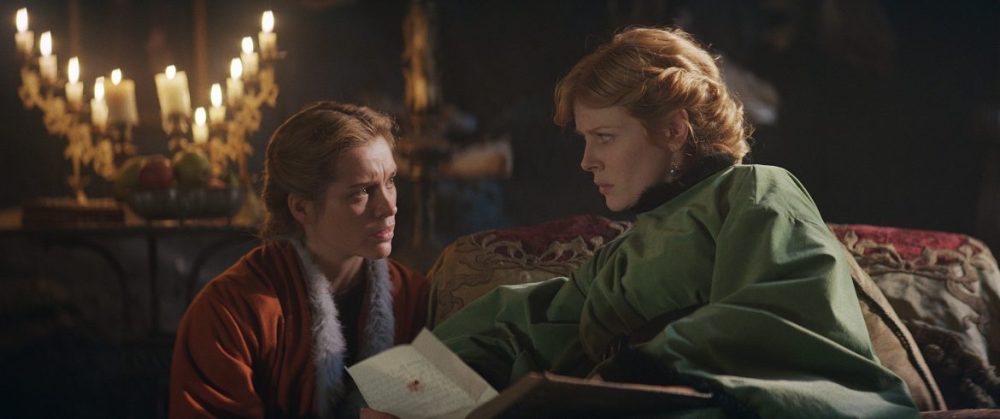
Stockholm Bloodbath maintains a brisk pace, yet I found myself distracted by several inconsistencies in the editing. The spatial and temporal relationships between locations lack logic. At times, journeys seem to take days, while on other occasions, the same distances are covered in a single hour. Early in the film, Freja falls through the ice, and during this time, other characters travel significant distances and engage in various activities before she resurfaces. Furthermore, we are not shown Freja’s discovery of her injured stepsister, a missed opportunity for a powerful emotional moment. Instead, we see her simply digging graves. Later, we learn that she has found her sister and cared for her. A training montage follows, depicting the sister’s gradual recovery, implying the passage of days, weeks, or even months before they resume their pursuit of the Danes, catching up with them with apparent ease. Even considering that the sisters are mounted on horseback while the Danes travel on foot, the timeline feels implausible.
In addition to the aforementioned issues, Stockholm Bloodbath suffers from a lack of clarity regarding the protagonist. Initially, it appears to be Freja, as the narrative focuses on her experiences. However, she disappears for extended periods, and the focus shifts to Anne. Upon arriving in Stockholm, the narrative suddenly centers on Kristina Gyllenstierna, played by Emily Beecham, and the film transitions into a historical depiction of the events leading up to the executions.
I have not addressed every aspect of Stockholm Bloodbath that I found problematic, as that would result in an excessively long review. However, the film’s conclusion felt rushed and somewhat anticlimactic.
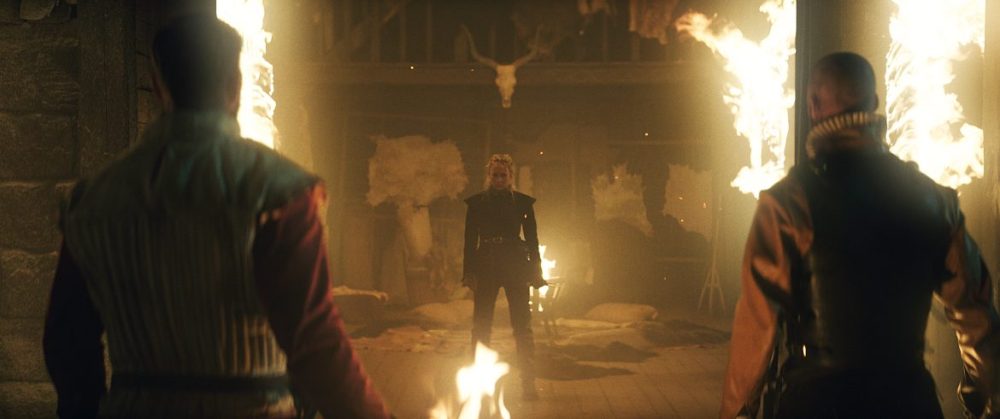
In summary, Stockholm Bloodbath possesses the elements necessary for a successful film, but they are presented in the wrong order and with improper balance. Paradoxically, the film contains some of the most brutal and heartbreaking scenes I have encountered, but the flawed tone and inconsistent direction render them ineffective.
Scanbox Entertainment arranged a preview for this review and has no editorial influence on our content. We maintain editorial independence, prioritizing our readers and consumers.
